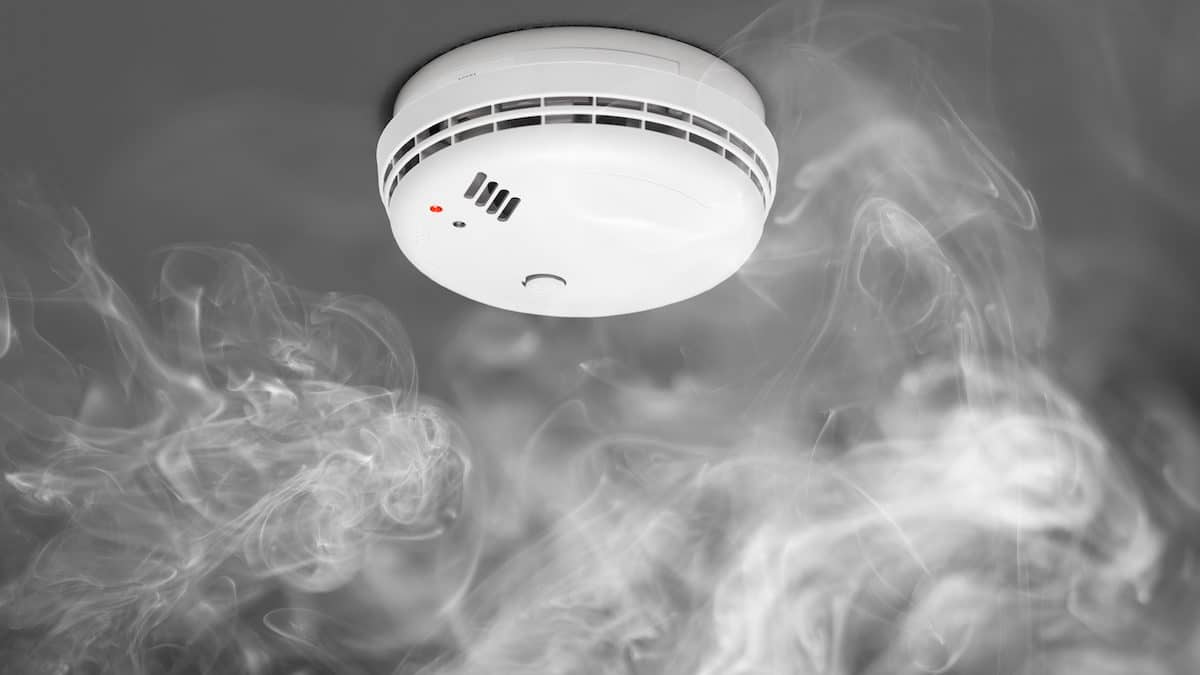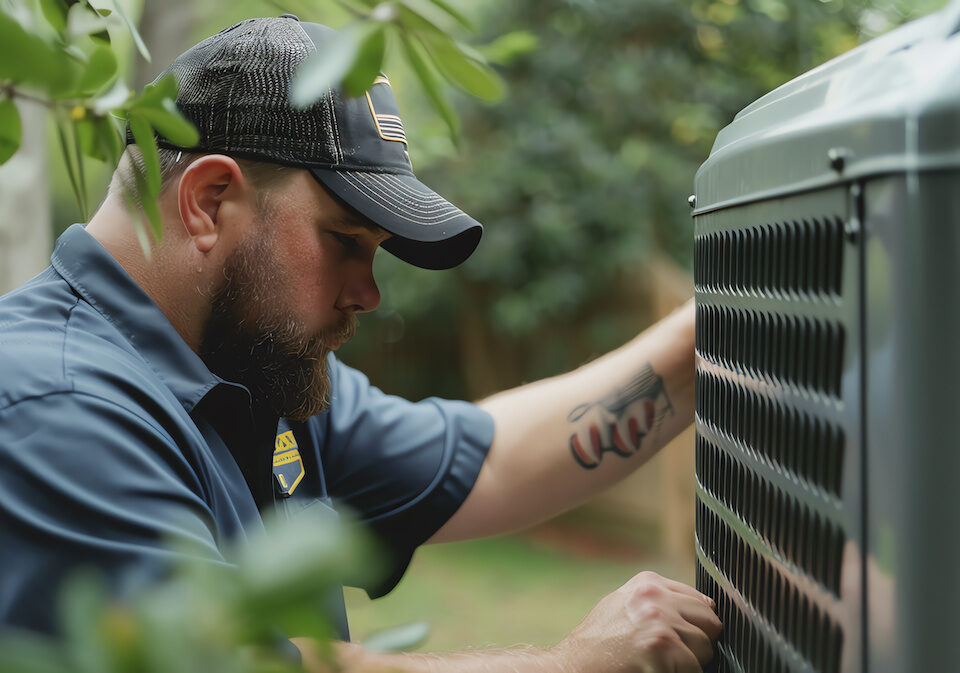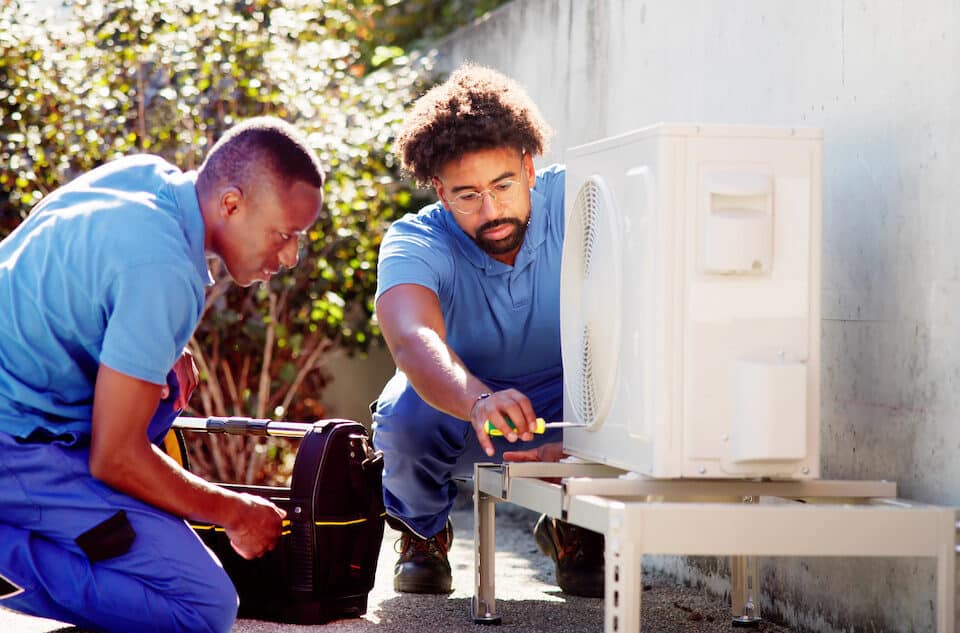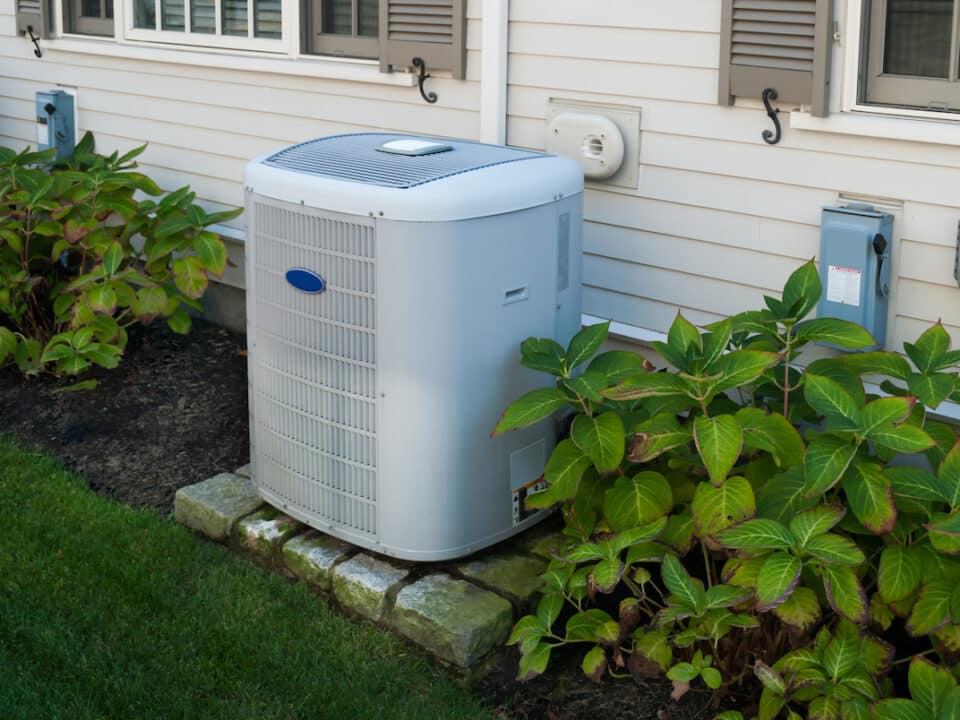Prevent Carbon Monoxide Poisoning in Your Home with a Detector or Monitor

A carbon monoxide leak can be hazardous to everyone in your home. Learn about carbon monoxide and what you can do to prevent any issues.
What is Carbon Monoxide?
Carbon monoxide, or “CO,” is an odorless, colorless gas that can give you poisoning or even kill you.
Where is CO found?
CO is found in fumes that are produced when you burn fuel in gas ranges, furnaces, grills, fireplaces, stoves, lanterns, cars or trucks, and small engines. In closed spaces like your home, CO builds up and can poison people and animals who breathe it in the same area.
What are the symptoms of CO poisoning?
CO poisoning symptoms are:
- Headache
- Dizziness
- Weakness
- upset stomach
- vomiting
- chest pain
- confusion
The symptoms are described as “flu-like.” Depending on how much you breathe in, a lot of CO can make you pass out or even kill you. If there is a CO leak and someone is sleeping, they can die from CO poisoning before they even experience symptoms.
Who is at risk from CO poisoning?
Unfortunately, everyone is at risk for CO poisoning. Elderly, infants, people with chronic heart disease, anemia, or breathing problems are more likely to get sick from CO. Over 400 Americans each year die from unintentional CO poisoning not linked to fires. Over 20,000 visit the emergency room, and more than 4,000 are hospitalized.
Prevent CO poisoning in your home
- Make sure you install a battery-operated or battery back-up CO detector in your home.
- When you change the time on your clocks each spring and fall, check or replace the battery
- Place the CO detector where it will wake you up if it alarms. A good place is outside your bedroom.
- At least every five years, replace your CO detector.
- Service your heating system, water heater, and any other gas, oil, or coal burning appliances by a qualified technician every year or more.
- Only purchase gas equipment with a seal of a national testing agency, such as Underwriters’ Laboratories.
- Vent your gas appliances properly.
- Have your chimney checked or cleaned every year.
- If using a generator, keep it more than 20 feet from your home?
Where does a carbon monoxide leak come from?
A CO leak can come from:
- Household appliances (gas ranges, furnaces, fireplaces, gas fires, boilers, central heating systems, water heaters, cookers, small engines, cars or trucks, and open fires which use gas, oil, coal, and wood)
- Running a car engine in an enclosed space
Where should a carbon monoxide detector be placed in a home?
For maximum protection, it is highly recommended to have a CO detector on every floor. CO detectors give the most accurate reading when they are placed five feet from the ground. Definitely near every sleeping area. Usually those gasses are carried out of your home, but if something goes wrong, a CO leak can be life-threatening to your family.
How Much CO is Too Much?
The EPA has a range of common thresholds of carbon monoxide. It ultimately comes down to your age, size, and health. Here are the common thresholds:
- Normal – 0.5-5 ppm
For homes without gas stoves or other gas appliances, this is an usual range.
- Can be an Issue – Under 70 ppm
Ranges below 70 ppm for short periods most people have no ill effects. Dizziness and headaches at prolonged exposure (6-8) hours.
- Can cause a Health Issue – 100 ppm
When exposed for 2 hours or longer can cause a slight headache.
- Dangerous – 150-200 ppm
Often leads to disorientation and unconsciousness and can also lead to death with prolonged exposure at these levels.
Carbon monoxide alarms, detectors or monitors
Carbon monoxide devices work like your smoke or fire alarms. They alert you when it detects a dangerous amount of carbon monoxide in your home with a warning. Prolonged exposure to low levels of CO can be as hazardous as short amount of exposure to high levels. The CO alarms and detectors only tell you about the dangerously high levels.
A carbon monoxide monitor is different because it actively monitors the amount of carbon monoxide in your air and gives you a digital readout. The monitor informs you when there are higher than usual amounts of CO in your home, even if they aren’t at what other alarms deem a “dangerous” level.
Contact Us
Contact the pros at TRUST Heating & Air to discuss savings tips and free estimates. We have 24/7 Emergency Services. Just call us at 678-926-9676 to come out and resolve the problem.



